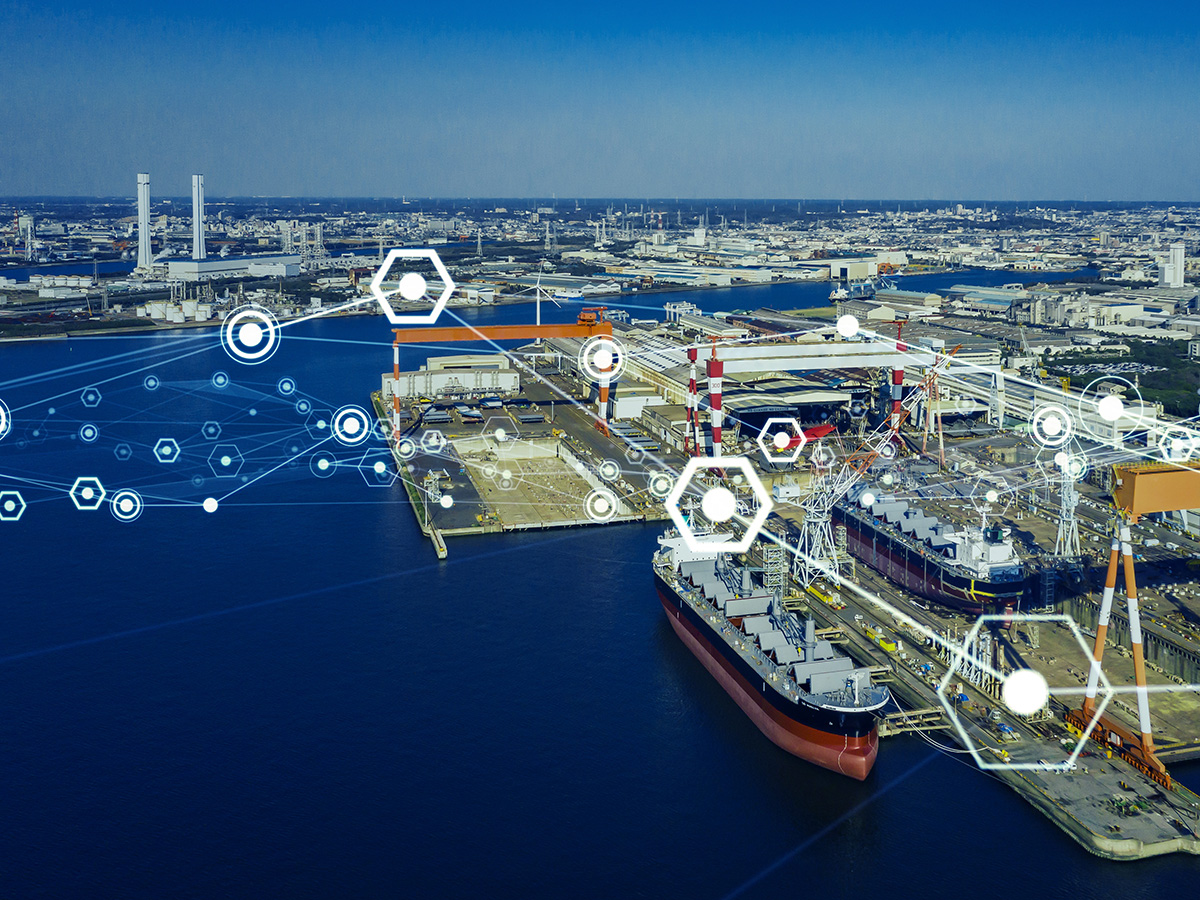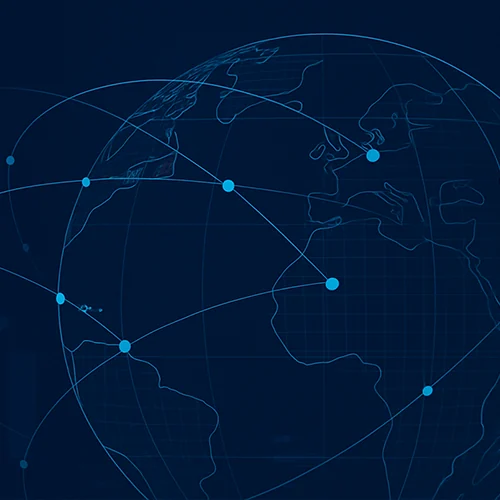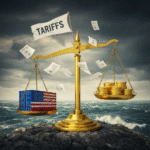10 Ways aPriori Supports Top Strategic Procurement and Sourcing Priorities for 2024
Key Takeaways:
- Strategic procurement teams require greater agility and resilience to stay ahead of volatile markets
- aPriori’s cost estimation and scenario analysis help companies optimize spend and improve negotiation outcomes
The Full Article:
As economic volatility and geopolitical events intensify, business stakeholders increasingly pressure procurement teams to tackle 10 crucial priorities in 2024. These include the top three priorities of improving spend cost reduction, ensuring supply continuity, and combating inflationary price hikes.
Discover the top 10 strategic procurement and sourcing priorities identified by The Hackett Group and learn how aPriori’s automation-driven platform helps teams meet these challenges. Explore this year’s top priorities in order of importance, listed in descending order:
- Improve Cost Management and Reduction Strategies
- Ensure Uninterrupted Supply Chain Flow
- Mitigate the Effects of Inflationary Price Hikes
- Enhance Procurement’s Influence on Business Partnerships
- Transform the Procurement Operating Model to Meet Dynamic Business Needs
- Embrace Procurement Digital Transformation
- Strengthen Third-Party Risk Management (TPRM)
- Boost Data Analysis and Insights Capabilities
- Integrate Sustainability Into the Procurement Process
- Increase the Agility and Speed of Procurement
1. Improve Cost Management and Reduction Strategies
The Hackett Group reports that prioritizing spend analysis and cost reduction is the top priority for most organizations in 2024. Approximately 40% of companies expect savings from cost reduction to increase, and 35% forecast a rise in savings from cost avoidance.
The aPriori impact: Companies leverage aPriori’s should cost capabilities to evaluate various components simultaneously, pinpoint cost outliers, and capitalize on more cost-saving opportunities. These estimates act as benchmarks for supplier negotiations and aid companies in making more cost-effective supply chain decisions.
Furthermore, organizations utilize aPriori’s digital factories to generate precise cost insights down to the machine level. These digital representations of real-world factories across the globe provide procurement and sourcing teams the ability to conduct “what-if” scenarios. Through this analysis, they can:
- Compare production environments across a range of manufacturing criteria to assess fully burdened manufacturing costs and inform supplier site selection
- Conduct scaled analysis to uncover cost-reduction opportunities, gain insights into parts/materials across the supply base, and determine optimal batch sizes
- Identify and select less expensive raw materials, opt for manufacturing processes and routings with lower costs and faster cycle times, and consider alternative finishing options
- Make strategic decisions on whether to manufacture products in-house or rely on external suppliers (i.e., “make vs. buy”) to reduce costs and improve time to market (TTM)
- Evaluate cost, carbon, and design for manufacturing (DFM) simultaneously for added speed and accuracy, avoiding costly downstream redesigns
aPriori significantly enhances procurement strategies, fostering closer collaboration between sourcing and procurement teams and their suppliers. This collaboration often results in the discovery of mutual cost savings, better negotiation outcomes, and stronger supplier relationships.
2. Ensure Uninterrupted Supply Chain Flow
The study also found that most companies are prioritizing and aiming to enhance their supply chain continuity and resilience by:
- Employing real-time data, metrics, and insights to mitigate risks at the early stages of the supplier life cycle, including the beginning of the strategic sourcing process
- Embracing generative artificial intelligence (Gen AI) and other powerful digital technologies to increase visibility across the supply chain
The aPriori impact: aPriori provides granular manufacturing and cost insights for real-time analysis and decision-making in nearly 90 regions. Leading organizations worldwide use this capability to analyze manufacturing alternatives, assess region-specific tariffs, and prevent an overreliance on specific supplier locations with potential risks.
Moreover, aPriori’s Manufacturing Insights Platform empowers today’s procurement and sourcing teams to:
- Identify opportunities for reshoring production operations to reduce shipping expenses and take advantage of tax incentives
- Simulate various supply scenarios, develop preemptive contingency plans, and address potential disruptions
- Assess carbon dioxide equivalent (CO2e) emissions and select the supplier base with the most cost-effective sustainability impact, considering location and product carbon footprint
3. Mitigate the Effects of Inflationary Price Hikes
Companies are making it a top priority to combat inflationary price hikes, ranking it as their third-highest area of improvement, even as inflation rates stabilize. To effectively manage supplier pricing, procurement teams require greater visibility into price increases at the category level, which involves grouping and evaluating similar products.
The aPriori impact: Procurement and sourcing teams employ aPriori’s out-of-the-box reporting capabilities to identify cost outliers among parts, streamline the supply base, and discover more cost opportunities. They also use aPriori to generate precise and detailed should cost breakdowns, empowering them to negotiate favorable prices and challenge excessive supplier price hikes.
Moreover, teams utilize aPriori’s Manufacturing Insights Platform to quickly and seamlessly analyze the inflationary effects of various design changes, material substitutions, and production options.
4. Enhance Procurement’s Influence on Business Partnerships
The procurement function is taking on more responsibility and influence within businesses to enhance supply chain risk management, drive digital transformation, and achieve sustainability goals. However, The Hackett Group reports that approximately only 40% of companies today have initiated strategic procurement business partnerships and stakeholder engagement initiatives.
The aPriori impact: aPriori empowers procurement and sourcing teams to boost their influence on business strategies and partnerships by enabling them to:
- Analyze the supply chain using data-driven insights and identify potential disruptions that could hinder profitability and bottom-line excellence. Procurement specialists can advise on mitigating the impact of emerging supply chain risks to ensure business continuity.
- Employ “what-if” planning to quantify and determine potential impacts on product risk.
- Evaluate material shortages, aggregate at-risk parts, and compare alternatives based on cost, carbon footprint, and manufacturability. Teams can also align the strategic procurement process with organizational sustainability goals using these insights.
- Automate and streamline procurement workflows to aid in digital transformation efforts.
5. Transform the Procurement Operating Model to Meet Dynamic Business Needs
Strategic procurement teams are pivotal in transforming their organizations’ operating models. This transformation involves process optimization, better technology utilization, and enhanced collaboration among internal stakeholders. These operational changes aim to incorporate greater agility and capacity in procurement activities to navigate dynamic market conditions and business requirements.
The aPriori impact: Procurement teams utilize aPriori’s ease of use to combat skills gaps and boost scalability. By integrating with existing product lifecycle management (PLM) and 3D computer-aided design (CAD) modeling tools, they can unlock additional manufacturing insights. This integration enables the standardization and democratization of actionable insights. Additionally, strategic procurement departments can use aPriori to:
- Create thousands of design and manufacturing scenarios through a robust and powerful simulation engine
- Gain extensive, meaningful data that can be harvested for further analysis using Gen AI and machine learning (ML) capabilities
- Automate cost and supplier data analysis, providing teams with more time to prioritize strategic initiatives and adapt to new business demands
- Empower data-driven decision-making and bring greater agility to departmental operations
6. Embrace Procurement Digital Transformation
Nearly 30% of strategic procurement teams have adopted Gen AI and expect double-digit growth in digital technology adoption. Additionally, McKinsey & Company reports that 87% of teams prioritize solutions for end-to-end margin management, while 77% look to adopt next-generation technologies with valuable data and analytics.
The aPriori impact: Forward-thinking teams are adopting and utilizing aPriori’s Manufacturing Insights Platform to:
- Automate manual cost analysis, eliminating procurement bottlenecks and inefficiencies, leading to increased productivity without additional headcount
- Gain continuously relevant and real-time data, updated quarterly, to ensure that cost models are useful when needed
- Use AI with 3D CAD models for rapid and actionable recommendations on boosting profitability, manufacturability, and sustainability
7. Strengthen Third-Party Risk Management (TPRM)
Approximately 50% of procurement teams are actively bolstering their ability to analyze, control, and mitigate the impacts of supply chain disruptions caused by ever-changing market conditions. These teams are embracing digital solutions to obtain greater visibility into potential risks, enabling them to adapt to new situations quickly.
The aPriori impact: Strategic procurement and sourcing departments worldwide rely on the aPriori solution for:
- Conducting real-time cost and risk analyses, allowing them to obtain up-to-date insights into potential supplier cost hikes and more
- Boosting communication and data sharing between the procurement function and relevant stakeholders, ensuring everyone has the latest risk information for decision-making
- Validating or justifying cost drivers and using fact-based data to drive successful, mutually beneficial negotiations with suppliers
- Engaging in scenario planning and quantifying the impact of risks related to third-party vendors, enabling them to consider alternatives and pivot quickly
8. Boost Data Analysis and Insights Capabilities
The significance of valuable data and analytics is undeniable. More procurement specialists are embracing digital solutions that provide precise and actionable data, offer modeling functionalities, and can forecast inflationary impacts.
The aPriori impact: Here’s how teams utilize aPriori’s powerful data and analytics capabilities:
- Analyze historical manufacturing data and current market conditions regarding cost and inflation to justify supplier price increases
- Optimize sourcing strategies and negotiate better deals/contracts
- Refine strategic procurement strategies and elevate operational efficiency
- Quickly measure and quantify the impact of disruptions like inflation
9. Integrate Sustainability Into the Procurement Process
The procurement function plays a critical role in reducing environmental impacts and achieving sustainable manufacturing goals for organizations. Consequently, companies can meet customer demands for greener products, comply with regulatory requirements, and improve their supplier selection based on sustainability.
The aPriori impact: aPriori provides sustainability insights that empower companies to measure, reduce, and report on their products’ carbon footprints during design and production. With aPriori, teams can:
- Evaluate greenhouse gas (GHG) emissions at the product level, from cradle to gate, including Scope 3
- Obtain early, quick, and transparent breakdowns of CO2e emissions to compare between alternative designs (geometries/shapes), manufacturing processes, and suppliers/location selections
- Seamlessly integrate aPriori’s digital factories with the ecoinvent life cycle inventory database for real-time, fine-grained analysis of sustainability tradeoffs
- Identify and share information about the carbon intensity of purchased parts across the supply chain
10. Increase the Agility and Speed of Procurement
Strategic procurement teams aim to stay ahead and adapt to changing market situations, ensuring they meet new stakeholder requirements. For instance, they quickly build relationships with backup suppliers to mitigate the effects of disruptions and achieve critical business goals.
The aPriori impact: aPriori enables procurement teams and their organizations to:
- Quickly diversify the supplier base to ensure supply chain continuity
- Continuously assess and monitor real-time cost, carbon, and manufacturability impacts simultaneously
- Employ digital twin models for simulating various supply chain scenarios, optimizing procurement strategies
Navigating Procurement Challenges in 2024
Addressing strategic procurement priorities is crucial for gaining a competitive advantage, improving supplier relationship management, and boosting profits this year. By leveraging aPriori, procurement teams can enhance their productivity and effectively tackle potential challenges, resulting in continuous business excellence.
How to Reduce Cost and Supply Chain Risk
Learn how successful companies take steps to increase supply chain resiliency, agility, and visibility.









